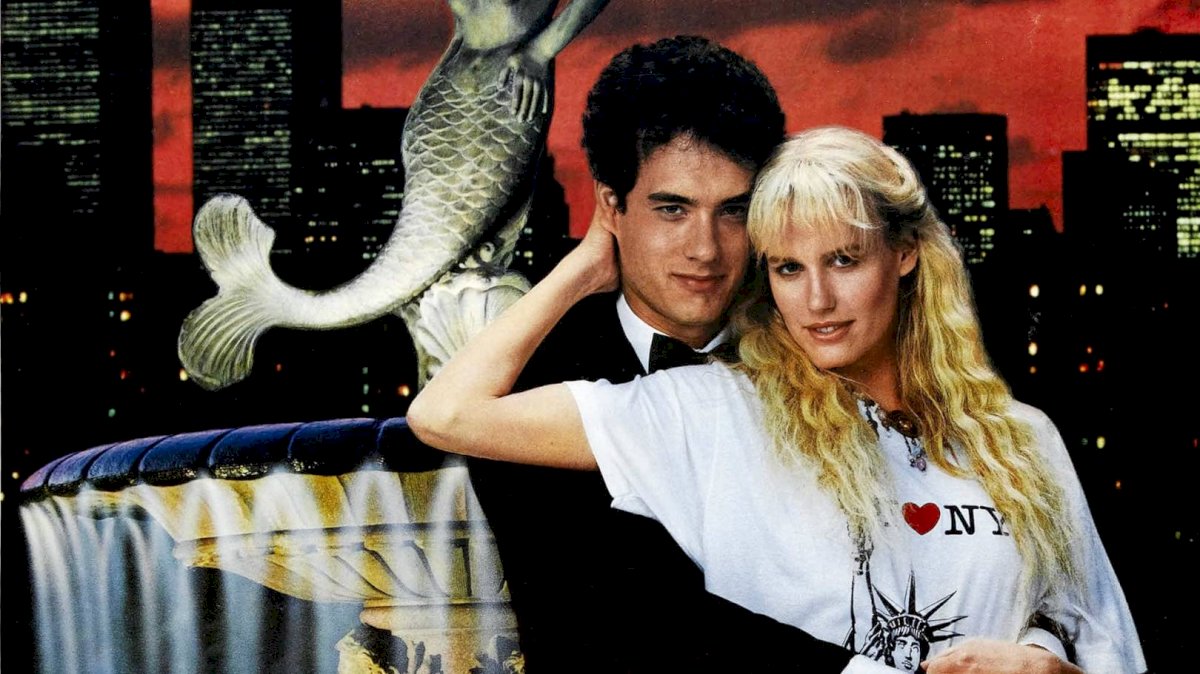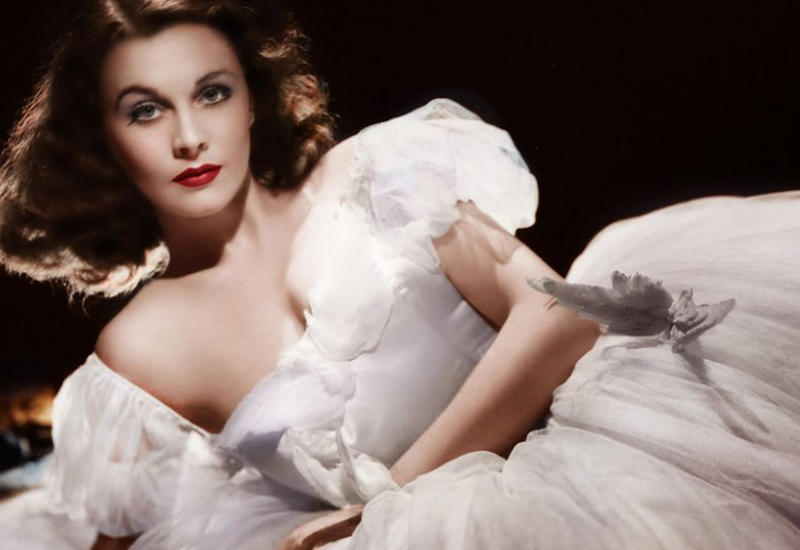"My Fair Lady," a cinematic adaptation of the Broadway musical that took the world by storm, stands as a testament to the enduring power of storytelling, music, and impeccable craftsmanship. Released in 1964, this classic film directed by George Cukor and based on George Bernard Shaw's play "Pygmalion" is a feast for the senses, offering audiences a delightful blend of romance, wit, and unforgettable musical numbers.

Adapting Shaw's "Pygmalion"

"My Fair Lady" takes its inspiration from George Bernard Shaw's play "Pygmalion," a social satire that explores issues of class, identity, and transformation. The film skillfully captures the essence of Shaw's work while infusing it with the charm and grandeur of a Broadway musical. The screenplay, written by Alan Jay Lerner, masterfully translates the wit and social commentary of Shaw's original play into a cinematic experience that resonates with audiences to this day.
The Cast: Audrey Hepburn and Rex Harrison

One of the film's greatest strengths lies in its casting, particularly the choice of Audrey Hepburn as Eliza Doolittle and Rex Harrison as Professor Henry Higgins. While controversy surrounded Hepburn's casting due to her lack of a singing background, her undeniable charisma and acting prowess elevated the character of Eliza to new heights. Rex Harrison's portrayal of the eccentric and sometimes infuriating Professor Higgins is equally commendable, earning him an Academy Award for Best Actor.

The chemistry between Hepburn and Harrison is palpable, adding depth and authenticity to the complex relationship between Eliza and Higgins. The emotional journey that Eliza undergoes, from a humble flower girl with a Cockney accent to a refined lady capable of holding her own in high society, is beautifully depicted by Hepburn. Harrison, in turn, captures the nuances of a man who is both enamored by Eliza's transformation and challenged by the realization that his creation has a will of her own.
The Musical Score: Lerner and Loewe's Masterpiece

At the heart of "My Fair Lady" is its enchanting musical score, composed by Frederick Loewe with lyrics by Alan Jay Lerner. The film boasts a collection of timeless songs, including "Wouldn't It Be Loverly," "I Could Have Danced All Night," and "On the Street Where You Live." These musical numbers not only enhance the narrative but also serve as emotional anchors, allowing the characters to express their innermost thoughts and desires through song.

The film's success in the musical department is highlighted by the fact that it received eight Academy Awards, including Best Original Score and Best Original Song. The melodies created by Lerner and Loewe have become iconic, ingrained in the cultural fabric of the 1960s and beyond. The enduring popularity of the soundtrack is a testament to the enduring appeal of the film's music.
Costume and Set Design: Creating a Visual Spectacle

"My Fair Lady" is a visual feast, thanks in no small part to the meticulous costume design by Cecil Beaton and the stunning set design by Gene Allen. Beaton's work earned him an Academy Award, and rightfully so. The costumes are not merely garments; they are an integral part of the storytelling, reflecting the characters' evolution and the societal constraints they navigate.

The film's sets, ranging from the squalor of Covent Garden to the opulence of the Ascot Racecourse, transport the audience to Edwardian-era London with remarkable authenticity. The attention to detail in recreating the period is evident in every frame, contributing to the film's immersive quality.
Cultural Impact and Legacy

"My Fair Lady" was a critical and commercial success upon its release, grossing over $72 million worldwide and becoming the highest-grossing film of 1964. Beyond its box office triumph, the film left an indelible mark on popular culture. It has inspired numerous stage productions, including revivals of the original musical, ensuring that new generations continue to experience the magic of Eliza Doolittle's transformation.

The film's impact extends beyond the world of entertainment. It has been studied in academic settings for its exploration of class dynamics and gender roles. The character of Eliza Doolittle has become an enduring symbol of empowerment and self-discovery, resonating with audiences seeking narratives of personal growth and resilience.
Conclusion

"My Fair Lady" remains a cinematic gem that continues to captivate audiences with its timeless story, unforgettable music, and stellar performances. The film's ability to transcend its era and speak to universal themes of identity, transformation, and love is a testament to its enduring quality. As we celebrate the legacy of "My Fair Lady," we recognize its rightful place in the pantheon of great cinematic achievements—a masterpiece that has stood the test of time and will continue to enchant audiences for generations to come.



